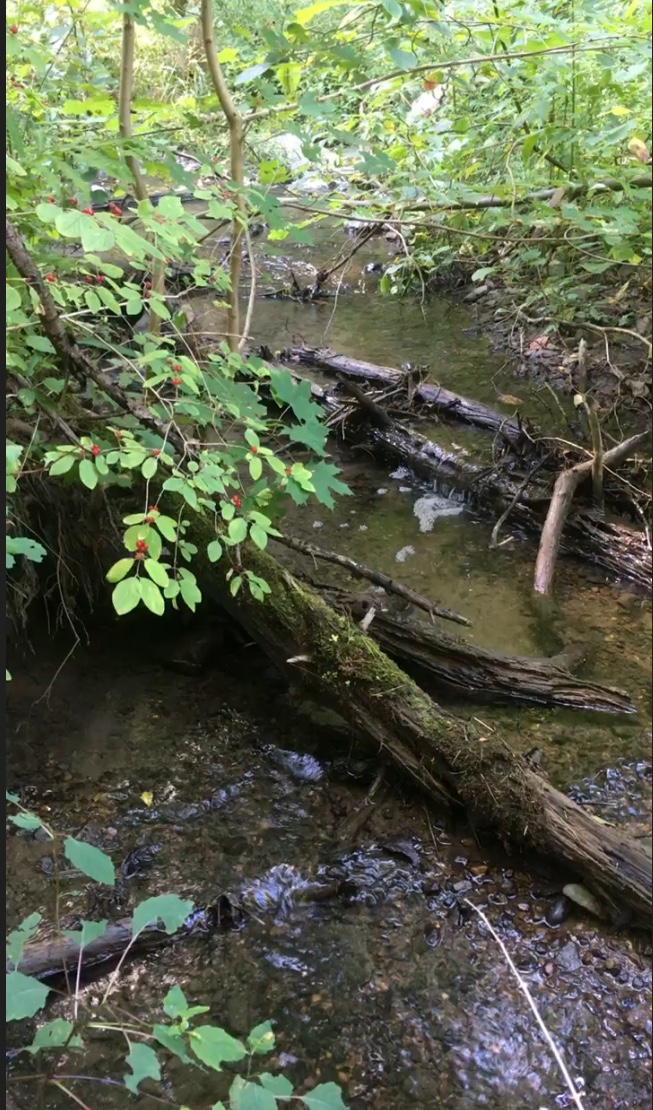Over the Thanksgiving break, I spent my time at home in New York. I see being able to live in New York city as a privilege, because it is not a place that has a feeling of “placelessness” like many suburbs do. New York has so much character with its many different neighborhoods, cultures and places. There is a mix of urban natural spaces like green roofs and complete infrastructures and built environments. There are bike paths and green areas like the Highline and there a ton of construction sites and loud city noises as well. The biophysical dimension is a significant part of my sense of place because some much around me is part of the built and manmade environment. My place highly values aesthetic, cultural and social aspects.
I consider New York to be an integral part of my identity and how I navigate the world. Being from a city, I’m able to communicate and empathize with people who with all different identities. My sense of place has been influenced by being from a city, but because I have been exposed to natural spaces outside of the city and have grown up with a love of nature, I also feel connected to nature. With the small garden I do have and the urban farm I worked on this summer, I felt more of an ecological value in sense of place.
When I went home, more of the changes were inside of my house rather than around my neighborhood. The seasonal changes surprised and saddened me because all of my herbs, fruit plants and flowers died due to the harsh cold. Things in my house were moved around
From taking NR1, I learned that ecology aims at understanding the processes in which living organisms interact with each other and with the physical components of their surrounding environments, this includes human interactions. The interactions I’ve had with living organisms that impact my sense of place include the garden I have and going to Central or Riverside Park to be in a “natural” space (still manmade parks.) The social and emotional experiences in a place influence sense of place. Most of the social experiences I’ve had in my home are extremely influenced by the built environment. The way I get around and navigate the city is through public transportation, which was built and disrupted the natural landscape it once was.
From reflecting on this class and my sense of place, I feel that people have certain aspects of their s When coming to UVM, although I was aware that it was ecologically and aesthetically, it didn’t feel like a place I could connect with. I never really thought I had place attachment until I left New York. I was missing the culture and atmosphere which made up part of my sense of place. Even though I knew I was “supposed” to love Vermont because of how beautiful is, I didn’t like it because the difference in social and culture overpowered the ecological and aesthetic value of the place. The relationship between place attachment, the meaning of a place and sustainable management of its resources are inevitability connected. Without rooted connection to a place, it’s more difficult to feel a sense of place and responsibility to sustaining it. I’m still not sure how I feel about Vermont, but I still recognize the beauty of it, I just don’t have a sense of place here. Understanding how people perceive places in terms of their identity is crucial in understanding how people will respond to finding a sense of place. Because New York has been such an important part of who I am and what I identify with, it’s hard to feel that in other places. A sense of place is a characteristic that some places have, and some do not.
